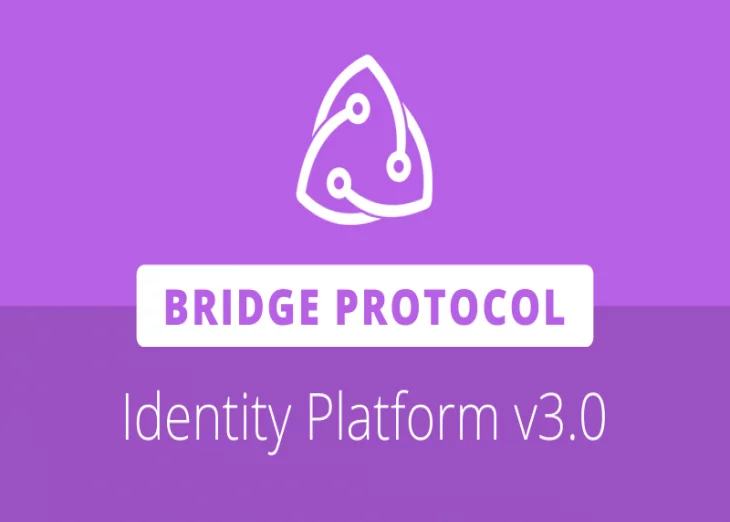Bridge announces cross-chain support for Neo and Ethereum in version 3.0 of identity platform

Bridge Protocol, a digital identity and compliance solution provider, has announced the launch of version 3.0 of the Bridge Identity platform. Updates include cross-chain BRDG token support, an updated network explorer, a redesigned Passport browser extension, and a restructured Bridge Protocol SDK.
Since Bridge’s last major update, the team has integrated support for the Ethereum blockchain with an ERC-20 BRDG token and Ethereum-based smart contract functionality. Users now have the option to store their identity claims on both Neo and Ethereum.
The Bridge Passport web browser extension user interface (UI) received an update “from the ground-up with usability and extensibility in mind.” The Passport allows users to perform cross-chain swaps of their NEP-5 and ERC-20 BRDG tokens, and was rewritten with Vue.js to more easily integrate new functionality in future updates.
Additionally, the Bridge Network Explorer has been updated to monitor the BRDG token on both the Neo and Ethereum blockchains.
Lastly, the Bridge Protocol SDK has been restructured to make Bridge Protocol and Bridge Network integration simpler through the addition of more testing and sample code. Bridge’s updated network overview can be visualized in the graphic below.
The Bridge Identity Platform
The Bridge Identity platform is comprised of a suite of products that utilize Bridge’s core peer-to-peer protocol to securely transmit portable digital identities for individuals, applications, and devices. The protocol is designed to transmit identity in offline and online environments, to “open the potential for real-world applications by removing dependency on Internet connectivity and unpredictable blockchain networks at the point of identity verification.”
The Bridge Passport is a browser extension that allows users to create and verify a digital identity that can be used across web-and blockchain-based apps. The Passport browser extension also contains the user’s cryptographic keys for their Neo and Ethereum-based wallets and on-chain transactions.
The Bridge Network acts as the medium to communicate across different blockchains and maintains a record of trusted network partners and blacklisted identities that have undergone the verification process. The multi-chain BRDG token is used to pay for fees and services on the Bridge Network.
Lastly, the Bridge Marketplace connects individuals with service providers to verify their identity using BRDG tokens. Payments, personal information, and identity claims are only transmitted between the individual and the marketplace partner – Bridge only facilitates the initial service request on behalf of the two parties.
The full announcement can be found at the link below:https://medium.com/bridgeprotocol/bridge-identity-platform-3-0-released-532cd1e72b4b














Article comments